Manivedika Shakti Peeth is among the 51 Shakti Peeth of Maa Sati. It is said that the wrist of maa Sati fell here, when lord Vishnu in order to relieve lord Shiva from the grief of losing his wife Sati, used his Sudarshan Chakra to incise maa Sati Body. Then, at the place of fall off wrist,
Shrine’s History
History of this place dates back in the time when it is said that the Right arm of Maa Sati fell to this place. The best information about the origin and the formation of this temple, people can mingle with local people.

Legends Associated with This Shrine
The place, whereon Goddess Satis two manivedikas-wrists fell, is known as Manivedika Temple and the Icon, installed later in a temple, is called Gayatri Devi. There are two idols here, one is of Devi sati and called as Gayatri. The other idol in this temple is of Lord Shiva Known as the Sarvananda . Meaning of Gayatri is Saraswati. Saraswati is the goddess of Knowledge in Hindu culture. This temple is considered as the ideal place for Gayathri Mantra sadhana.
Architectural Relevance of This Shrine
The temple is constructed on a hill and made of stones on which various idols of gods and Goddess are engraved. The art and architecture of the temple are commendable and the huge pillars show the grandness of this holy structure.
Shrine’s Map Location and How to Go There
By Road
Buses directly to Pushkar are available from major cities of Rajasthan.
By Rail
Railway: Although there is no direct train to Pushkar from major station but from Jaipur you will get lot number of trains plying to this part.
By Air
Nearest airport is in the Jaipur and both national and international flights are available to this airport.
Shrine Timings
Temple remains open from 6 am to 7 pm.
Events Celebrated at This Shrine
Pushkar Mela is the star attraction here and it attracts crowd in exorbitant number, both domestic and international as well. Navratri that falls two times in a year- one in the month of March or April and other in the September or October month depending on the Hindu calendar, is the major festival here. Navratri are celebrated for over 9 days, with some people not eating any type of food that is derived from the soil for these nine days. Special ceremonies and rituals are carried during these days. Person (Almost every day) offers their offering to the god in form of fruit, milk, homemade sweets etc. Another festival that is celebrated with great enthusiasm is the Shivaratri and during this day, people keep fast, pour milk on the Shiv Lingam and offers Bail (A type of fruit) to the god idol.

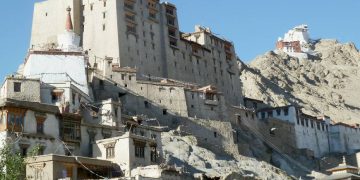

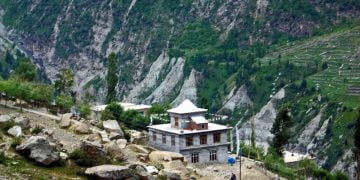
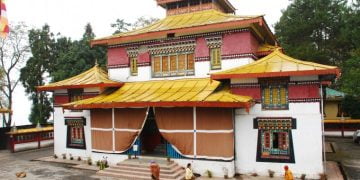

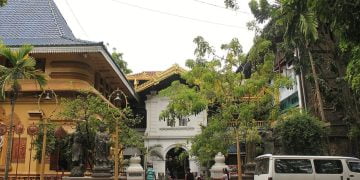
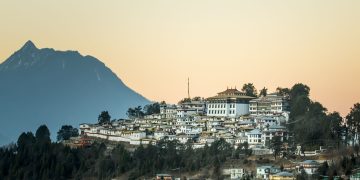
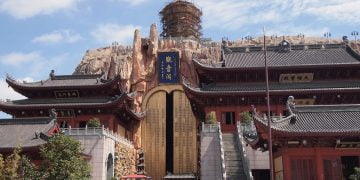
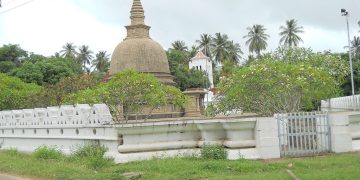
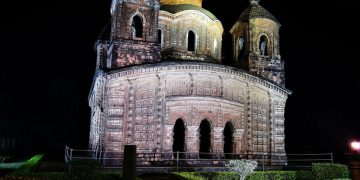
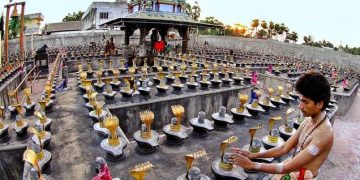

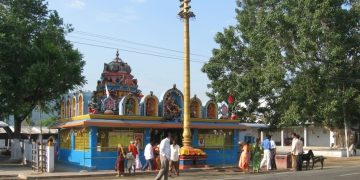
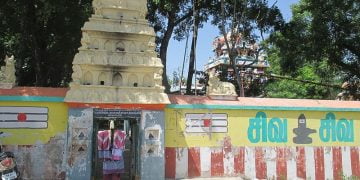
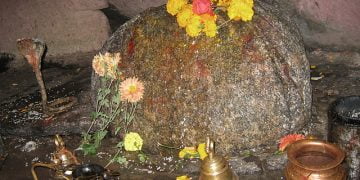
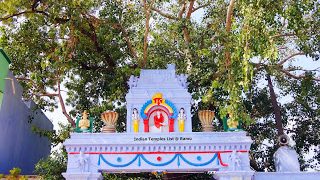
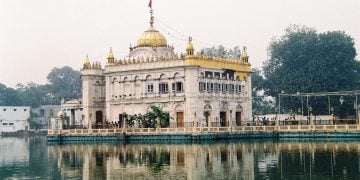
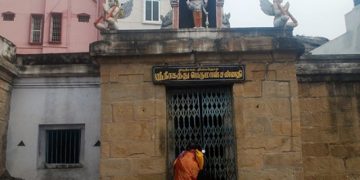
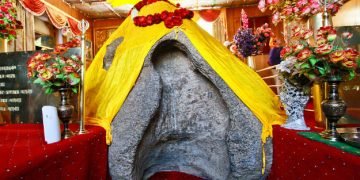
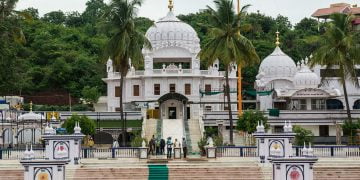

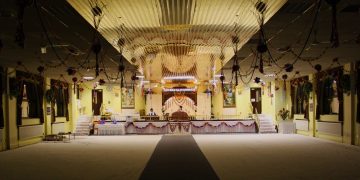
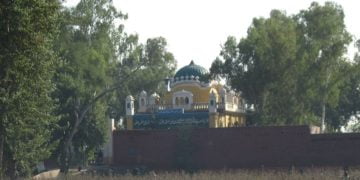
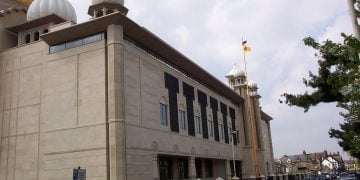

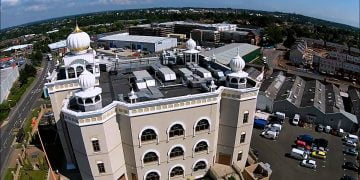

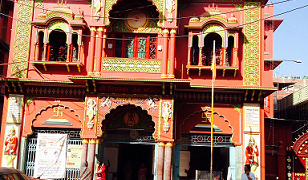
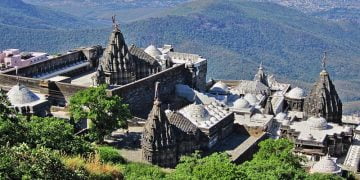
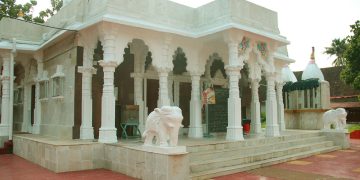
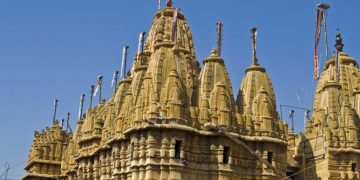
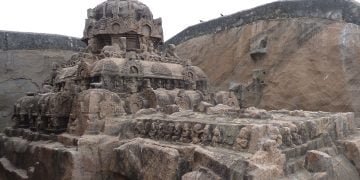
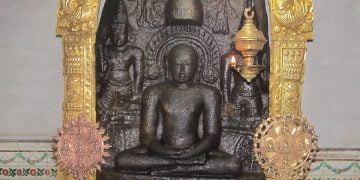
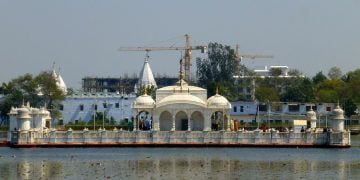

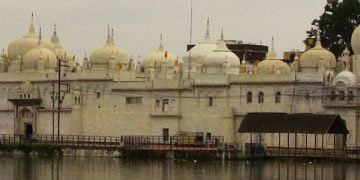



Discussion about this post